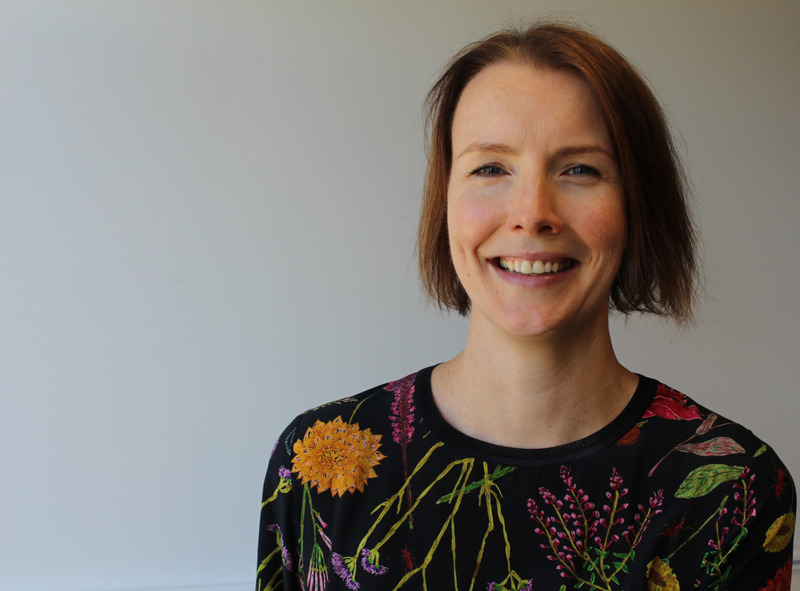
Gathering evidence that can successfully answer a health policy question takes more than digging up the latest research papers. But where to start? Dr Gai Moore, Manager of the Sax Institute’s Knowledge Exchange division sat down with Evidence Matters to talk about the Institute’s recently launched Evidence Snapshot program and her tips on knowledge synthesis for policy and practice.
Q: There’s an enormous amount of health evidence published every year, but it can be incredibly difficult finding the right evidence at the right time (to answer the right question!) Why is it like looking for a needle in a haystack?
Finding the right evidence at the right time can be really quite difficult because searching for health literature is complex. Even when you know how to go about it, it’s very difficult to find that one key finding for a very specific health decision.

For example, a policy maker might have an urgent policy question and need specific evidence to help guide policy or action. The challenge is you can’t just type your question into a database and get the answer. There’s a lot of trial and error involved in figuring out the right keywords that will get you to the right papers. And even then, you might get 200 answers to your question – and they all disagree with each other!
It can also be a complicated task synthesizing evidence from multiple perspectives and making sense of it in a short timeframe. People’s lives might be ultimately affected by this decision, so it’s important to get it right.
Q: How can people avoid information overload and narrow down their search for specific health evidence?
I think the challenge is turning policy language into research language. And by that I mean, turning a policy problem or issue into a series of really specific research questions.
That’s where something like our new Evidence Snapshot service can be really helpful. It’s a rapid review of the most recent high-level literature to address one question, and it takes up to three weeks to complete.
Our team of knowledge brokers work with policy makers to understand the problem that needs answering, then they formulate targeted research questions that get to the heart of an issue. Because that’s essentially the first nut to crack with evidence gathering – knowing what to ask!
For example, one recent Evidence Snapshot examined the effectiveness of virtual hospital models of care – something that has become particularly topical with the pandemic. We worked with Sydney Local Health District to really narrow down what type of evidence they needed to inform their plans for RPA Virtual Hospital, and the research question we got to was: What is known about the effectiveness of virtual hospital models of care?
By phrasing the research question in a very specific way, we were able to find that the strongest evidence for effective virtual care was for heart disease patients (especially those with heart failure), as well as people with diabetes and those undergoing stroke rehabilitation.
Q: So that leads to the other big issue – once you have a research question, how do you make sense of the answers, or in some cases, the lack of answers?
That’s the challenge: you may get thousands of papers, and only have time to read 30 of them. What do you prioritise? Well, I would say it all ties back to what you need the evidence to do for you. Do you need to know if you’re heading in the right direction with a policy or program? Are you looking for potential risks? And as you say – what if there are no answers at all?
Sometimes a lack of evidence can be just as important, because policymakers need to know what they’re standing on, and if there’s no strong existing evidence to support a health issue or problem, then at least you can move forward knowing that and base your decisions on other factors.
Ultimately the aim is to synthesise evidence into a meaningful, high-level summary in plain english. And again, this is where Evidence Snapshot can take the hard work out of evidence gathering, because our team of researchers are trained to sift through the evidence and deliver answers in a three- to five-page report. It’s systematic, and our methods are transparent, so you get the most relevant evidence drawn from peer-reviewed research and other reports to help answer your health question.
There’s nothing instant about research, but Evidence Snapshot is an extremely rapid way to find the ‘right’ evidence. And of course, it all starts with the power of the right question.
Evidence Snapshot is a rapid review of the most recent high-level literature to address one question. It is part of the Sax Institute’s ever-growing Evidence Review service, which has produced over 350 reviews on a vast array of topics ranging from social care to e-health and from drug and alcohol use to chronic disease management.
Find out more
- Discover more about Evidence Snapshot
- Browse our Evidence Review library
- Get an insight into Knowledge Brokering





